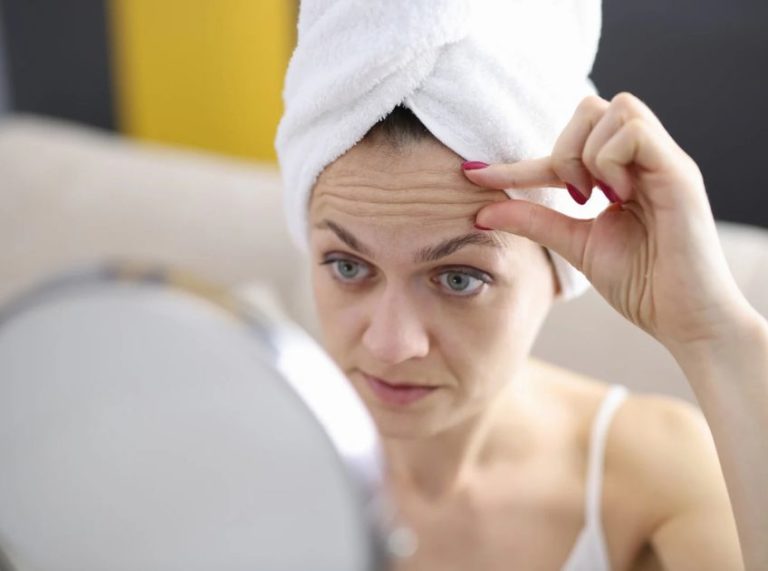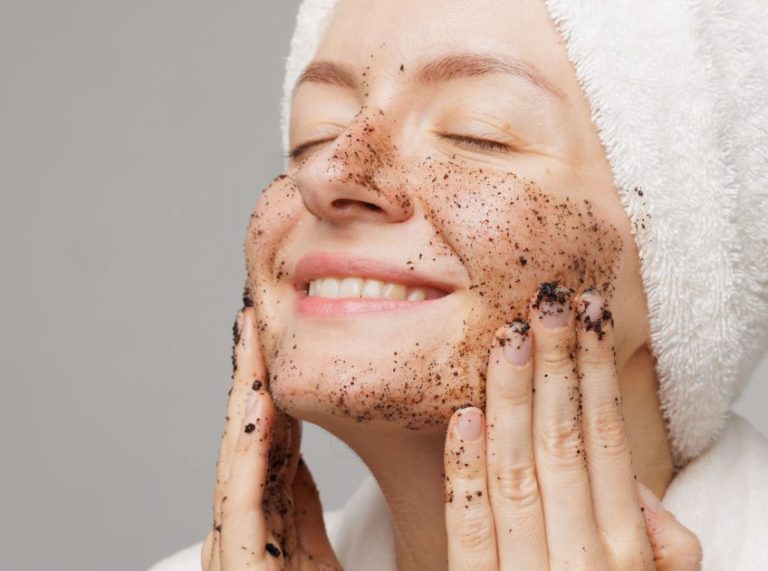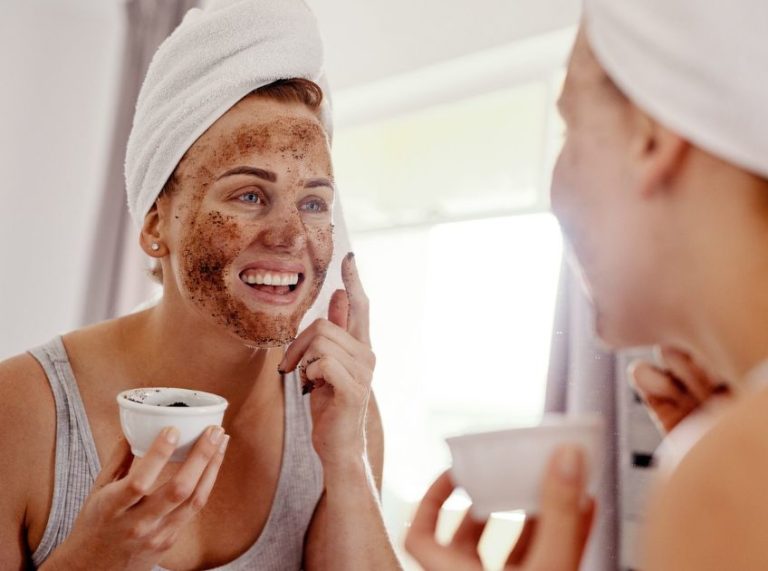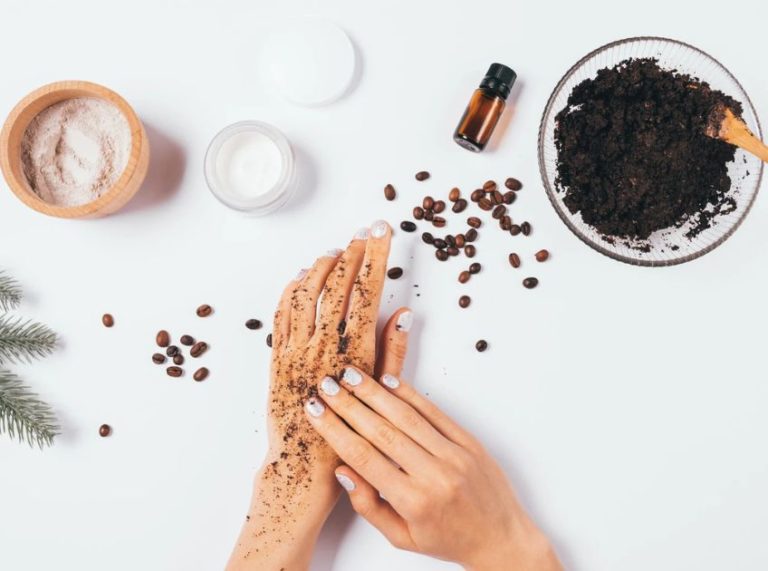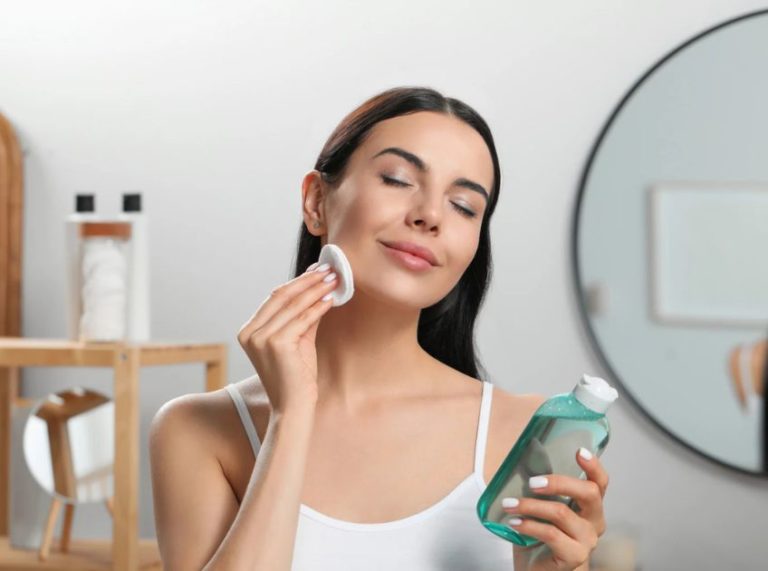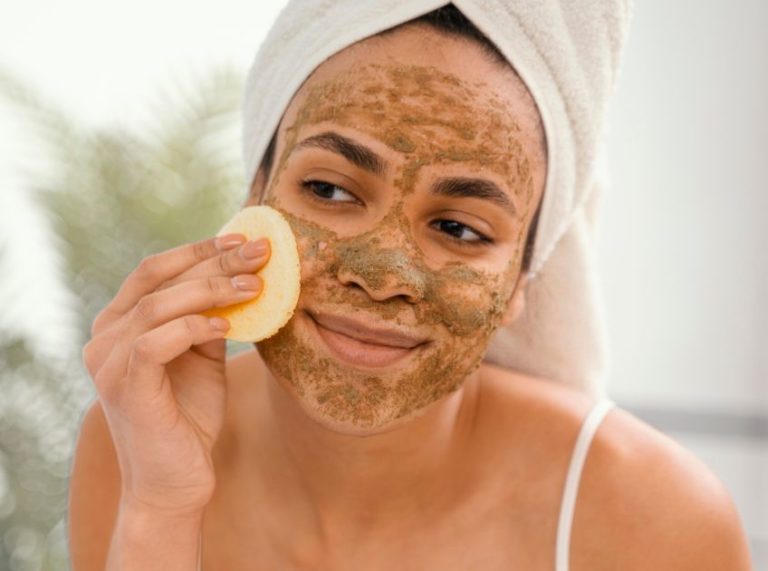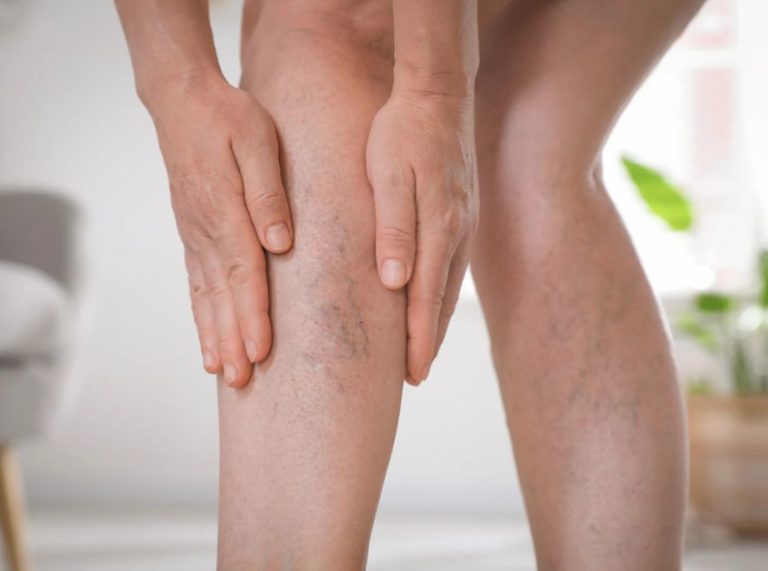
Important: This article is for informational purposes only. Please read our full disclaimer for more details.
Struggling with dark spots, uneven skin tone, or dullness? Orange oil could be your glow-up in a bottle. Packed with skin-brightening compounds, it’s a natural way to fight pigmentation—without harsh chemicals.
This guide breaks down the benefits, science, safety, and two easy DIY recipes to make your orange oil at home.
Skin Looking Dull? Orange Oil Might Be Your New Best Friend
If your skincare routine isn’t clearing up stubborn dark spots or brightening your complexion, it might be time to turn to orange oil. This citrus-powered essential oil does more than just smell refreshing—it naturally targets pigmentation and helps restore your skin’s youthful glow.
Extracted from orange peels, this oil is rich in antioxidants and bioactive compounds that work at the cellular level to reduce melanin buildup, the main cause of uneven skin tone and discoloration. It’s a gentle, natural alternative to chemical-based treatments and is gaining popularity for its visible results.
Why it’s trending in natural skincare:
- Lightens dark spots and blemishes: Helps fade acne scars and sun-induced pigmentation over time.
- Boosts skin radiance and clarity: Promotes smoother, glowing skin by gently exfoliating and improving cell turnover.
- Fights free radical damage: Rich in vitamin C, orange oil neutralizes oxidative stress that leads to premature aging and dullness.
- Helps even out skin tone: Regular use can gradually balance uneven patches for a more uniform complexion.
It’s especially popular among people seeking clean beauty alternatives and holistic solutions for pigmentation without side effects.
What Makes Orange Oil Effective for Pigmentation?
Orange oil is extracted from the peels of sweet oranges, which are loaded with vitamin C, limonene, and flavonoids. These bioactive compounds have strong antioxidant and skin-lightening effects.
- Vitamin C helps inhibit melanin production and fades pigmentation (1)
- Limonene has natural exfoliating and anti-inflammatory properties
- Flavonoids fight oxidative stress and boost skin clarity
A study in the Journal of Clinical and Aesthetic Dermatology found that topical vitamin C significantly improves hyperpigmentation and skin brightness (2). Another study published by the National Institutes of Health (NIH) highlights limonene’s role in suppressing melanin synthesis.
Key Components That Do the Real Work
- Orange peel (dried or fresh): Main source of vitamin C and limonene
- Carrier oil (jojoba, almond, or grapeseed): Helps dilute and nourish skin
- Optional add-ons: A few drops of lemon or turmeric oil can enhance the brightening effect
Tip: If you have sensitive skin, reduce the orange peel quantity or use a milder carrier like jojoba oil. For oily skin, opt for grapeseed oil.
Is It Safe for All Skin Types?
Orange oil is best suited for:
- Oily skin with pigmentation or blemishes
- Combination skin needing brightening
- Normal skin is prone to dark spots
Not ideal for:
- Highly sensitive or eczema-prone skin
- Skin with open wounds or sunburn
Always patch test before full use. Stop using it if you notice:
- Redness or a stinging sensation
- Excess dryness or irritation
- Breakouts in sensitive zones
DIY #1: Orange Peel Infused Oil for Spot Correction
This simple infusion targets dark spots, acne scars, and pigmentation. The combination of vitamin C-rich orange peels and nourishing grapeseed oil helps lighten pigmentation and brighten the skin over time.
Ingredients:
- 1 cup dried orange peels (fresh works, too, but dried peels have a more concentrated effect)
- 1 cup grapeseed oil (a lightweight oil perfect for all skin types)
- Optional: 5 drops lemon essential oil (for added brightening and antibacterial properties)
Directions to Use:
- Prepare your ingredients: Place the dried orange peels in a clean glass jar. If you’re using fresh orange peels, dry them out by leaving them in a warm, dry place for 1–2 days.
- Add the carrier oil: Pour grapeseed oil over the orange peels until they’re completely covered. Grapeseed oil is ideal for this infusion because it’s non-comedogenic, meaning it won’t clog pores.
- Infuse in sunlight: Seal the jar and let it sit in direct sunlight for 7–10 days. During this period, the oil will slowly infuse with the goodness of orange peels. Shake the jar gently every day to ensure the infusion is well-mixed.
- Strain and store: After the infusion period, strain the oil into a dark glass bottle to protect it from sunlight. You now have an orange oil ready to use for brightening pigmentation.
How to Apply:
- Cleanse your face thoroughly with a gentle cleanser to remove dirt and makeup.
- Take 3–4 drops of the oil and apply it directly to pigmented areas, such as dark spots, scars, or uneven patches.
- Gently massage the oil into the skin using circular motions for better absorption.
- Use this oil 3 times per week, preferably at night, to allow it to work while you sleep.
DIY #2: Vitamin C-Rich Face Oil for Radiant Glow
Ideal for dull, uneven skin tone, this recipe restores your skin’s radiance. Vitamin C from orange zest brightens, while jojoba oil hydrates, and turmeric oil adds anti-inflammatory benefits for a glowing complexion.
Ingredients:
- 1/2 cup fresh orange zest (the zest is packed with concentrated vitamin C and essential oils)
- 1/2 cup jojoba oil (a moisturizing, non-comedogenic oil perfect for balancing the skin)
- Optional: 3 drops turmeric essential oil (for added skin brightening and soothing properties)
Directions to Use:
- Combine ingredients: In a small pot, combine the fresh orange zest and jojoba oil. Stir well to make sure the zest is evenly distributed.
- Heat the mixture: Place the pot on low heat for about 5–7 minutes. Be careful not to let it boil; you just want to warm it up so the oils and zest can infuse together.
- Cool and strain: Once the mixture has cooled, strain out the zest and transfer the infused oil into a clean, sterilized dropper bottle. If using, add the turmeric essential oil and mix well.
- Store and use: Store your infused oil in a dark glass bottle to preserve the potency of the ingredients.
How to Apply:
- After cleansing your face, apply 2–3 drops of the oil to your face and neck.
- Gently massage the oil into your skin, paying extra attention to areas with pigmentation or dullness.
- Let the oil absorb fully before applying any other skincare products.
- If your skin feels greasy in the morning, rinse your face with water and a gentle cleanser to remove any excess.
Frequently Asked Questions (FAQ’S)
1. Can I use orange oil daily?
A. Use it 2–3 times a week to avoid skin sensitivity.
2. Can I mix orange oil with my moisturizer?
A. Yes, but make sure it’s well diluted and patch tested.
3. How long does it take to see results?
A. You may notice changes in 2–4 weeks with consistent use.
Final Thoughts
Orange oil is a simple, powerful remedy for pigmentation when made and used correctly. It combines nature’s skin-loving ingredients with antioxidant power for noticeable results.
With consistent use and the right recipe, your skin can look clearer, brighter, and beautifully even-toned—naturally.
